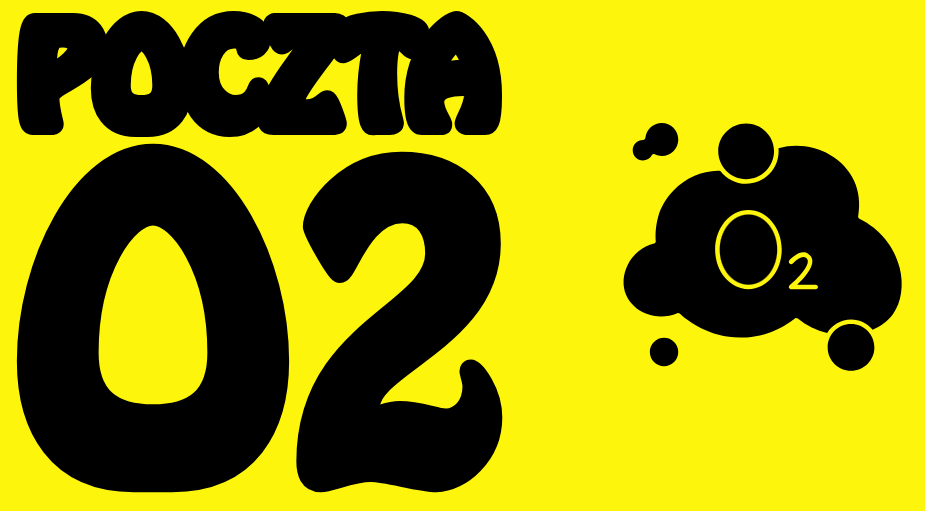
Bringing People Closer: The Power of Group Cards in Design
Even in today’s digitally driven world, where virtual interactions dominate, a physical card can still make a profound impact. Group cards, in particular, have proven to be remarkably effective in bringing people together, even when they are miles apart. This paper explores how the thoughtful design and meaningful content of group cards strengthen relationships and foster a sense of community.
The Evolution of Group Cards
Group cards have evolved significantly over time, transitioning from simple paper cards passed around among friends or colleagues to sophisticated digital creations that allow for collective messaging. This evolution reflects broader trends in communication and technology, demonstrating how traditional practices can adapt to the modern world while retaining their core essence of human connection.
Traditional Group Cards:
Traditionally, group cards were physical items circulated among a group, whether at work or within a community. Each person contributed a personal message before the card was delivered to the recipient. These cards were cherished for their tangible nature and the effort involved in their creation, serving as collective expressions of support, congratulations, or condolences.
Digital Group Cards:
While the medium has shifted to the digital realm, the concept of the group card remains unchanged. Digital group cards capture the same spirit of collaboration but offer additional features, such as easy sharing, customization, and archiving. They are widely used today for various celebrations and acknowledgments, combining convenience with emotional impact.
Design Principles for Effective Group Cards
The design of a group card plays a crucial role in conveying the collective message effectively. Key principles for creating an impactful group card include:
Inclusiveness:
An effective group card design ensures that every contributor’s message is visible and contributes to the overall theme. The layout should balance individual messages with cohesive design elements, creating a unified yet personalized experience.
Attractiveness:
The visual design should be appealing and appropriate for the occasion. Colors, imagery, and typography should be carefully selected to enhance the card’s effectiveness and emotional resonance.
User-Friendly Interface:
For digital group cards, the interface must be intuitive, allowing participants to easily add their messages. This includes clear navigation, straightforward instructions, and options for customization.
Emotional Resonance:
The card should evoke the right emotional response, whether it’s joy, sympathy, gratitude, or celebration. This can be achieved through relevant images, quotes, and personal touches that align with the occasion.
Benefits of Group Cards
Group cards offer more than just communication; they provide a tangible expression of collective sentiment that strengthens bonds and builds community spirit. Key benefits include:
Uniting People:
Group cards bring people together by allowing them to contribute to a shared message, fostering a sense of unity and strengthening relationships within the group.
Increased Emotional Impact:
The collective nature of a group card amplifies its emotional impact, conveying a depth of feeling that individual messages alone might struggle to achieve.
Celebrating Successes:
Group cards are perfect for celebrating significant events, milestones, or achievements, serving as a collective expression of shared joy and recognition.
Showing Support:
During difficult times, group cards offer comfort and solidarity, showing that support and sympathy come from a collective, not just a single person.
Creating Lasting Memories:
Group cards, especially those with personal messages and signatures, become cherished keepsakes that preserve memories and emotions for years to come.
Applications of Group Cards
Group cards are versatile and can be used in various settings to celebrate collective experiences or mark special occasions. Common uses include:
Workplace Celebrations:
Group cards are ideal for professional settings, marking events like successes, work anniversaries, retirements, or other milestones, fostering a sense of camaraderie among colleagues.
Special Occasions:
Group cards bring friends and family together for celebrations such as birthdays, weddings, graduations, or other personal achievements, preserving shared happiness and well-wishes.
Get Well Wishes:
Group cards provide comfort to those who are ill or recovering from an accident, assuring them that they are in the thoughts of many, offering reassurance during difficult times.
Farewell and Goodbye:
When someone leaves, whether a friend, colleague, or family member, a Farewell Cards captures collective well-wishes and appreciation, making the farewell more meaningful.
Empathy and Condolences:
In moments of loss, a group card serves as a collective expression of sympathy and support, offering comfort and reminding the grieving that they are not alone.
How to Create a Group Card: Tips and Best Practices
To maximize the impact and appeal of a group card, whether physical or digital, consider these best practices:
Plan Ahead:
Consider the occasion and the preferences of the group. Choose a design that resonates with the event and speaks to all contributors.
Encourage Participation:
Reach out to all potential contributors and encourage them to add personal messages. Provide clear instructions and deadlines for submissions.
Personalize Thoughtfully:
Add personal touches, such as names, photos, or special messages, to make the card unique and meaningful to the recipient.
Maintain Consistency:
Ensure that design elements like color and font remain consistent throughout the card, creating a cohesive and polished final product.
Proofread and Review:
Carefully review all messages and design elements for accuracy and clarity before finalizing the card. Ensure that the card’s intent is clear and free of errors.
Distribute Effectively:
For digital group cards, choose an efficient distribution method that reaches all contributors and recipients, whether through email, social media, or a dedicated platform.
Conclusion
Group cards represent a beautiful blend of design and human connection. By combining thoughtful design with crowd-sourced messages, they become a powerful expression of shared emotions and bonds.
Whether in physical or digital form, group cards play a vital role in enhancing communication, celebrating special occasions, and offering support, making them a cornerstone of relationship building and community spirit. In an age dominated by digital interactions, the enduring appeal of group cards underscores the timeless power of personal connection.



